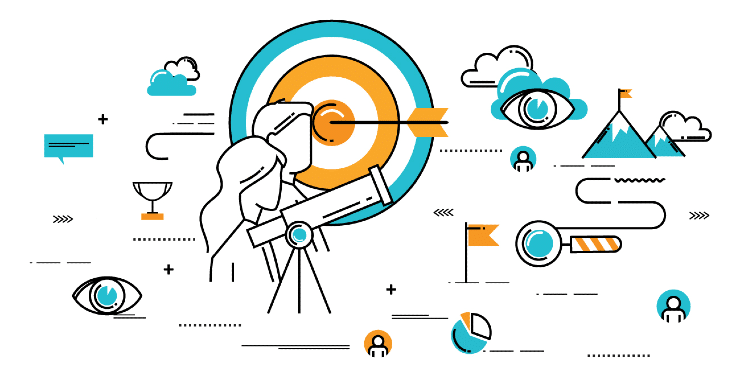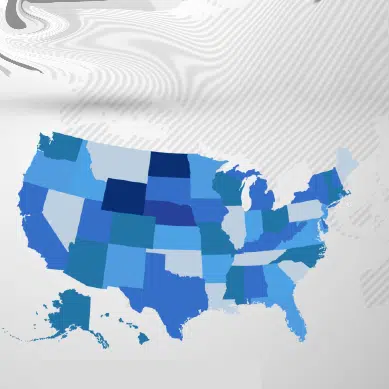What are AI Policies?
AI policies serve as a guiding framework for organizations, delineating the principles, guidelines, and procedures governing the deployment and use of AI systems. These policies are crafted to align with legal requirements, ethical standards, and organizational values, ensuring that AI technologies are used responsibly and ethically.

Key Components of an AI Policy
- Introduction: An AI policy typically begins with an introductory section outlining the organization’s commitment to compliance with relevant laws and ethical use of AI. This section also highlights the importance of AI in driving innovation and enhancing organizational capabilities.
- Purpose: The purpose section clarifies the objectives of the AI policy, emphasizing the need to establish clear guidelines for the responsible and ethical use of AI technologies within the organization. It aims to ensure alignment with legal requirements, ethical standards, and organizational values.
- Scope: This section defines the scope of the AI policy, specifying the applicability of the policy to all AI-related activities within the organization. It outlines the boundaries within which the policy operates and clarifies the types of AI technologies and applications covered under the policy.
- Definitions: Clear definitions of AI-related terms are crucial for ensuring common understanding across the organization. This section clarifies terminology such as “artificial intelligence,” “AI system,” “embedded AI tools,” and other relevant terms to avoid ambiguity and confusion.
- Guiding Principles: The heart of an AI policy lies in its guiding principles, which articulate the organization’s stance on AI usage. These principles underscore the importance of ethical considerations, legal compliance, transparency, and accountability in AI deployment. Additionally, they may emphasize the organization’s commitment to diversity, equity, and inclusion in AI development and deployment.
- Prohibited Uses: This section delineates activities strictly prohibited in AI usage, such as conducting political lobbying, categorizing individuals based on protected class status, or entering sensitive information into AI systems. Organizations mitigate risks by explicitly outlining prohibited uses and ensuring alignment with legal and ethical standards.
- Ethical Guidelines: While some AI applications may be legally permissible, they might not align with ethical standards. Ethical guidelines ensure that AI usage upholds principles of informed consent, integrity, appropriateness, and respect for privacy. Organizations may also incorporate fairness, accountability, and transparency principles into their ethical guidelines to promote responsible AI development and deployment.
- High-Risk Use of AI Systems: Certain AI applications pose heightened risks to individuals’ rights and safety. This section outlines additional requirements and safeguards for high-risk AI applications, such as personnel decisions, job screening, or student assessments. Organizations must adhere to stringent criteria to mitigate risks and ensure compliance with regulatory requirements.
- Reporting Non-Compliance: A robust reporting mechanism encourages employees to report violations or concerns regarding AI usage without fear of reprisal. This section outlines the reporting process, including channels for reporting, confidentiality measures, and protections against retaliation.
Start Getting Value With
Centraleyes for Free
See for yourself how the Centraleyes platform exceeds anything an old GRC
system does and eliminates the need for manual processes and spreadsheets
to give you immediate value and run a full risk assessment in less than 30 days
Sample Generative AI Policy Template
Introduction and Purpose
Generative artificial intelligence (GenAI) tools, such as chatbots and image generators, have gained popularity for streamlining work processes. However, they also present security, accuracy, and intellectual property risks. This AI acceptable use policy outlines guidelines for the acceptable use of GenAI tools, aiming to safeguard (Company)’s confidential information, uphold workplace culture, and ensure compliance with legal and ethical standards.
Scope
This policy governs the use of third-party or publicly available GenAI tools, including but not limited to ChatGPT, Google Bard, DALL-E, and Midjourney. It does not cover GenAI or AI tools provided by the (Company).
Guidelines
DO:
- Acknowledge that GenAI tools complement human judgment and creativity but are not substitutes.
- Verify responses generated by GenAI tools for accuracy, appropriateness, and compliance with (Company) policies and laws.
- Inform your supervisor when utilizing GenAI tools to aid in tasks.
- Exercise caution when providing information to GenAI tools, as it may become public regardless of privacy settings. Respect privacy by refraining from inserting personal or confidential (Company) information into GenAI tools.
DO NOT:
- Use GenAI tools for employment decisions, including recruitment, hiring, promotions, or terminations.
- Upload confidential (Company) information, personal data, or proprietary material to GenAI tools.
- Claim work generated by GenAI tools as your original work.
- Integrate GenAI tools with internal (Company) software without explicit permission.
Violations
Violation of this policy may result in disciplinary action, including termination, and may lead to legal consequences. Any concerns about policy violations should be reported to your supervisor or Human Resources.
How To Develop an AI Policy
Developing an AI policy from scratch is unnecessary for most organizations, even if they have unique needs, values, or operational requirements not fully addressed by existing frameworks.
Before starting from scratch, it’s worth assessing existing AI frameworks to understand what to include in an AI policy for companies. This assessment will also help identify gaps where existing frameworks may not fully meet your organization’s needs.
Organizations can expedite the policy development process by using an AI policy generator while ensuring alignment with legal requirements, ethical standards, and organizational values. Furthermore, AI policy generators help address potential gaps in existing frameworks by providing a structured approach to policy development and implementation.
Summing it Up
AI policies play a pivotal role in shaping responsible AI adoption within organizations. By delineating clear guidelines, fostering transparency, and prioritizing ethical considerations, these policies help navigate the complex landscape of AI governance.
As organizations continue to harness the power of AI, robust policies will remain indispensable in safeguarding against risks and ensuring alignment with legal and ethical standards.
Start Getting Value With
Centraleyes for Free
See for yourself how the Centraleyes platform exceeds anything an old GRC
system does and eliminates the need for manual processes and spreadsheets
to give you immediate value and run a full risk assessment in less than 30 days





